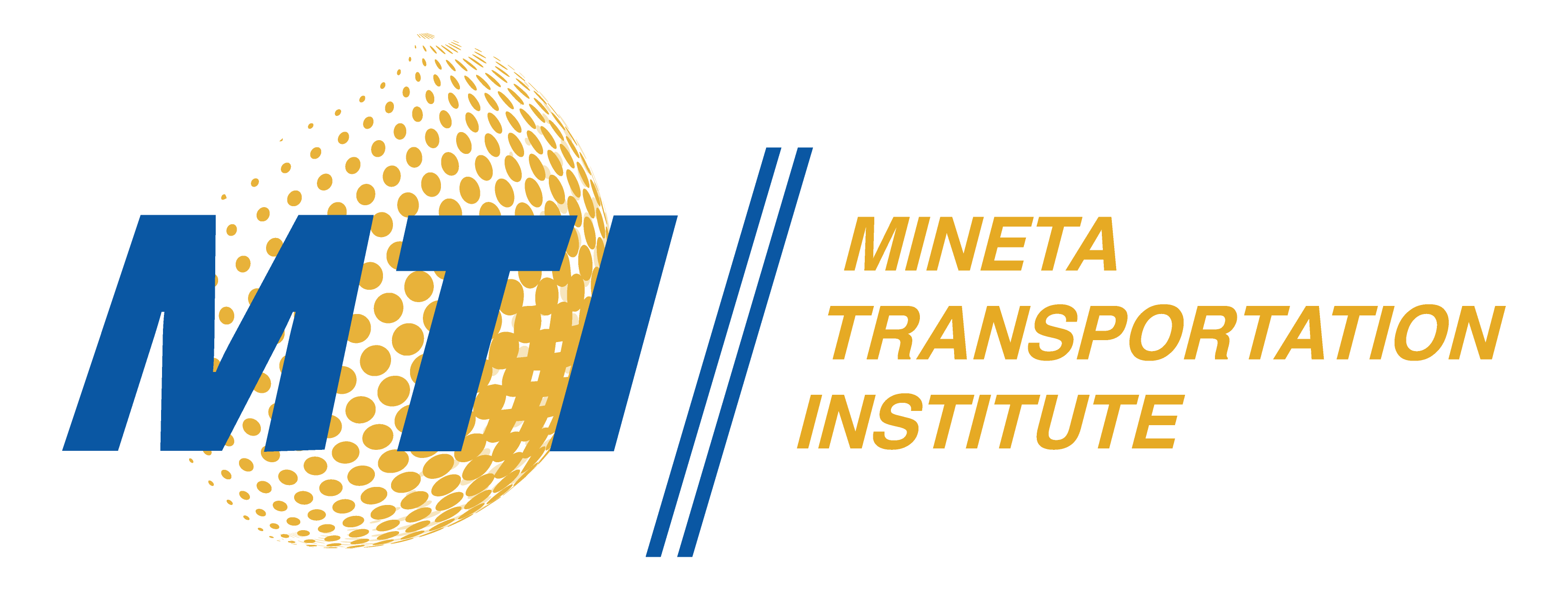Description
There is increasing evidence that improved health outcomes may be significant co-benefits of land use plans and transport policies that increase active transport (or walking and biking for purposeful travel) and reduce greenhouse gas emissions (GHGs) from vehicle miles traveled (VMT). A greater understanding of these benefits may broaden the constituency for regional planning that supports local and national GHG reduction goals. In this study, California’s activity-based travel demand model (ABM) is applied to (1) demonstrate how this new generation of travel models can be used to produce the active travel data (age and sex distributions) required by comparative risk assessment models to estimate health outcomes for alternative land use and transport plans and to (2) identify the magnitude of change in active travel that may be possible from land use, transit, and vehicle pricing policies for California and its five major regions for a future 2035 time horizon. The results of this study suggest that distance-based vehicle pricing may increase walking by about 10% and biking by about 17%, and concurrently GHG from VMT may be reduced by about 16%. Transit expansion and supportive development patterns may increase active travel by about 2% to 3% for both walk and bike modes while also reducing VMT by about 4% on average. The combination of all three policies may increase time spent walking by about 13% and biking by about 19%, and reduce VMT by about 19%.
Publication Date
4-1-2014
Publication Type
Report
Topic
Active Transportation
MTI Project
1109
Mineta Transportation Institute URL
Keywords
Active travel, Travel modeling, Health risk assessment, Land use, Pricing
Disciplines
Transportation
Recommended Citation
Caroline Rodier, Richard W. Lee, Brandon Haydu, and Nicholas J. Linesch. "Active Travel Co-Benefits of Travel Demand Management Policies that Reduce Greenhouse Gas Emissions, MTI Report 12-12" Mineta Transportation Institute (2014).
Research Brief

